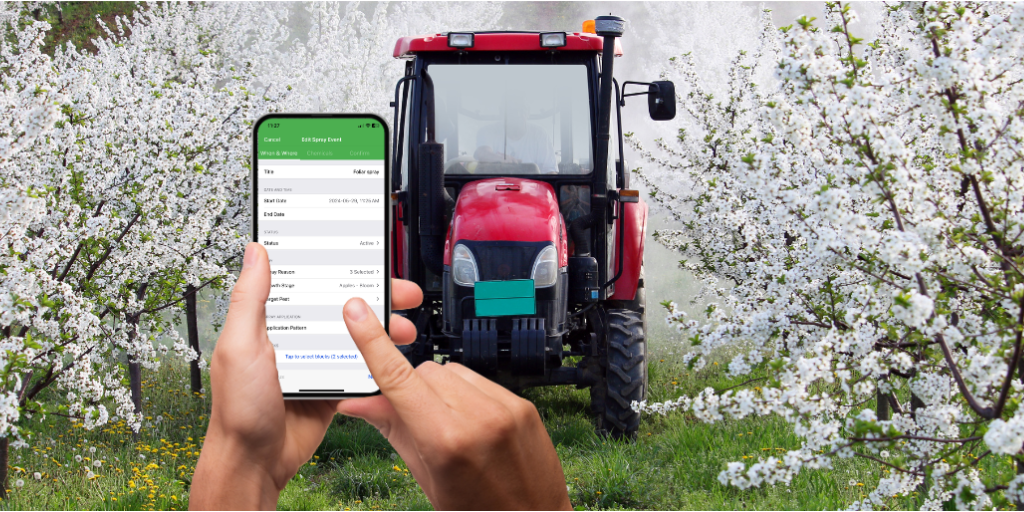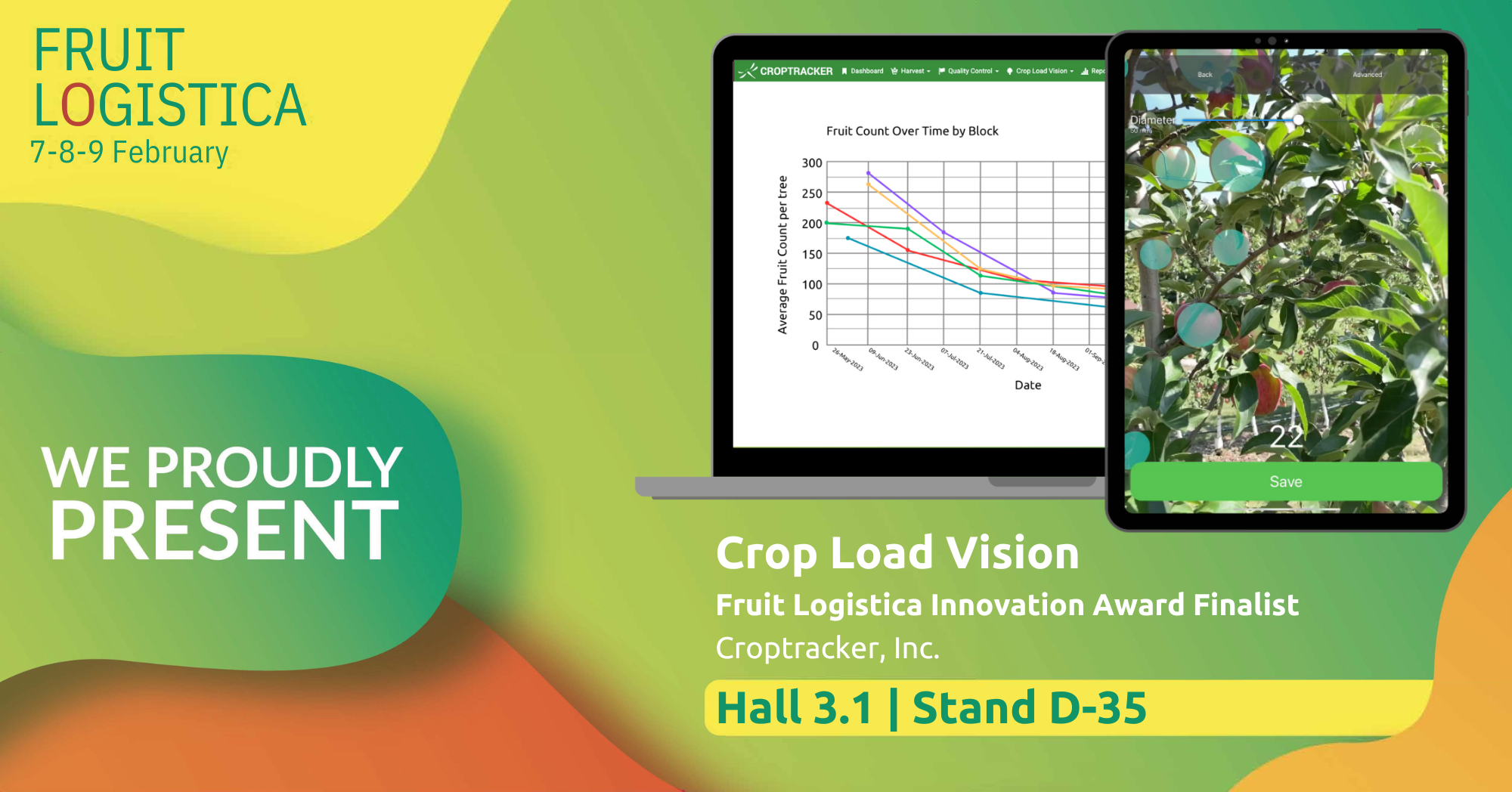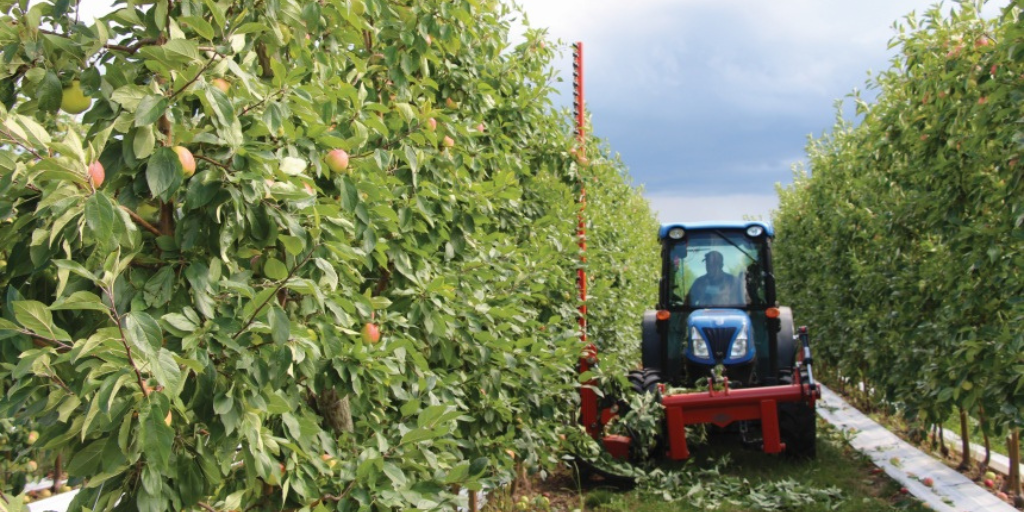Labor tracking and employee management on any sized farm operation is always a challenge, but it is particularly difficult as the size of the operation increases. Labor is generally the largest expense for fruit and vegetable growers and as the scale of an operation grows, finding ways to save money and boost efficiency is essential. Managing many farms at once, across large regions or even across different countries creates many unique challenges. Finding the right tools to help make timekeeping, productivity tracking, payroll calculations, and employee management possible on this scale is vital or the task quickly becomes unmanageable. This article will explore some of the unique challenges facing commercial agriculture companies and how centralized, digitized farm management software can help.

Effective spray record-keeping is crucial for growers of any size, but as agricultural operations expand, the importance of comprehensive record-keeping and sharing becomes even more pronounced. Traditionally, farmers have maintained individual spray records for the locations they manage. However, when operations span large geographic areas with multiple farm locations, particularly on an international scale, managing spray records can quickly become overwhelming. Ensuring visibility and accessibility to records across all farms is essential for upholding food and worker safety standards and meeting export requirements for end products. This article explores the advantages of digitizing and centralizing spray records for large fruit and vegetable producers, growing associations, and cooperatives.

We're thrilled to announce that Croptracker, a leading provider of farm management software, will be showcasing its cutting-edge solutions at this year's Fruit Logistica event located in Berlin from February 7-9. Fruit Logistica is a premier international trade fair for the global fruit and vegetable industry, and Croptracker is geared up to bring its latest innovations to the forefront of this prestigious gathering.

This article is part 2/4 in our Apple Thinning series and will cover mechanical thinning processes, advantages and disadvantages, and the tools most commonly used.
Let our expert staff walk you through the Croptracker system, and answer any questions you have.
We are here to help.